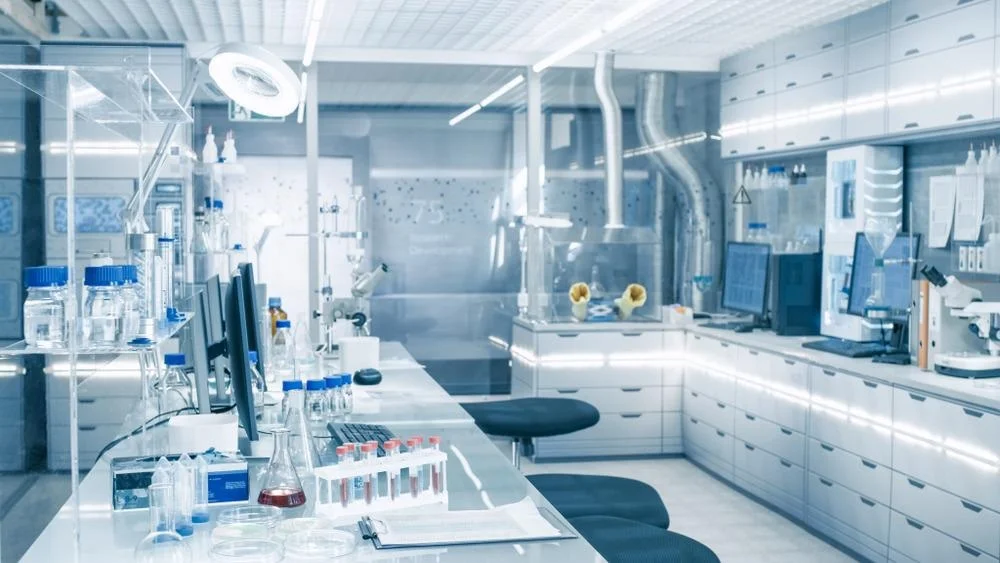Refrigerant Oil Organic Residue Profiling
The Refrigerant Oil Organic Residue Profiling (ROORP) service is a critical analytical procedure designed to assess and quantify the organic residues present in refrigerants. This process is essential for quality managers, compliance officers, R&D engineers, and procurement professionals involved in the HVACR industry. Understanding the composition of organic residues helps ensure that refrigerant oils meet specified performance standards, thereby enhancing system efficiency and longevity.
Refrigerant oil plays a vital role in lubricating and cooling compressors within air conditioning and refrigeration systems. Over time, these oils can absorb impurities from the environment or decompose due to operational conditions, leading to the formation of organic residues. These residues affect the performance of the system by altering flow properties, increasing friction, and potentially causing fouling or degradation of components.
The ROORP service utilizes advanced chromatographic techniques such as Gas Chromatography-Mass Spectrometry (GC-MS) and High-Performance Liquid Chromatography (HPLC). These methods allow for precise identification and quantification of various organic compounds, including hydrocarbons, alcohols, ketones, and esters. The service also employs spectroscopic analysis to confirm the molecular structure of identified residues.
ROORP is particularly important in ensuring compliance with international standards such as ISO 17849 for refrigeration equipment and ASHRAE guidelines for HVACR systems. By conducting regular ROORP tests, organizations can maintain optimal operating conditions, extend equipment lifespan, and minimize environmental impact through reduced waste.
Accurate profiling of organic residues is crucial for several reasons:
- To ensure that refrigerant oils meet specified performance standards
- To identify potential sources of contamination in the system
- To monitor the effectiveness of oil management practices
- To comply with regulatory requirements and industry best practices
During the ROORP process, samples are collected from various points within the refrigeration or air conditioning systems. These samples undergo rigorous preparation steps, including filtration and solvent extraction, to isolate organic residues for analysis. The results provide detailed insights into the composition of these residues, enabling informed decisions regarding maintenance schedules and oil replacement.
The expertise gained from this service extends beyond mere compliance; it contributes significantly to enhancing system performance and reliability. By addressing issues early through ROORP, organizations can prevent costly downtime and ensure continuous operation under optimal conditions.
Benefits
The benefits of Refrigerant Oil Organic Residue Profiling are multifaceted. Firstly, it ensures that refrigerant oils meet specified performance standards, which is crucial for maintaining system efficiency and longevity. Secondly, by identifying potential sources of contamination in the system, ROORP aids in optimizing maintenance schedules, thereby preventing costly downtime.
Compliance with international standards such as ISO 17849 and ASHRAE guidelines is enhanced through accurate profiling, ensuring that organizations operate within regulatory frameworks. This not only minimizes legal risks but also promotes a positive reputation among stakeholders.
The process of ROORP contributes to sustainability by reducing waste through targeted maintenance practices. By addressing issues early, organizations can extend the lifespan of their equipment, thereby reducing the need for frequent replacements and associated costs.
Environmental and Sustainability Contributions
ROORP plays a significant role in environmental stewardship by promoting sustainable practices within HVACR systems. By ensuring that refrigerant oils meet performance standards and identifying sources of contamination, this service helps minimize the overall carbon footprint associated with system operation.
The accurate identification and quantification of organic residues through ROORP enable organizations to implement targeted maintenance strategies, reducing unnecessary waste and resource consumption. This approach aligns with broader sustainability goals by fostering a culture of continuous improvement and efficiency.
Competitive Advantage and Market Impact
The Refrigerant Oil Organic Residue Profiling service provides a competitive advantage by ensuring that systems operate at peak performance levels. By maintaining optimal conditions, organizations can enhance customer satisfaction and reduce operational costs, which are key factors in today’s market.
Compliance with industry standards such as ISO 17849 and ASHRAE guidelines is not only a regulatory requirement but also a strategic decision that supports long-term competitiveness. By adhering to these standards, organizations demonstrate their commitment to quality and reliability, which can differentiate them from competitors in the HVACR market.
The ability to proactively address issues through ROORP contributes to a positive reputation among customers and stakeholders. This reputation can translate into increased business opportunities, as organizations are perceived as leaders in sustainability and operational excellence.





